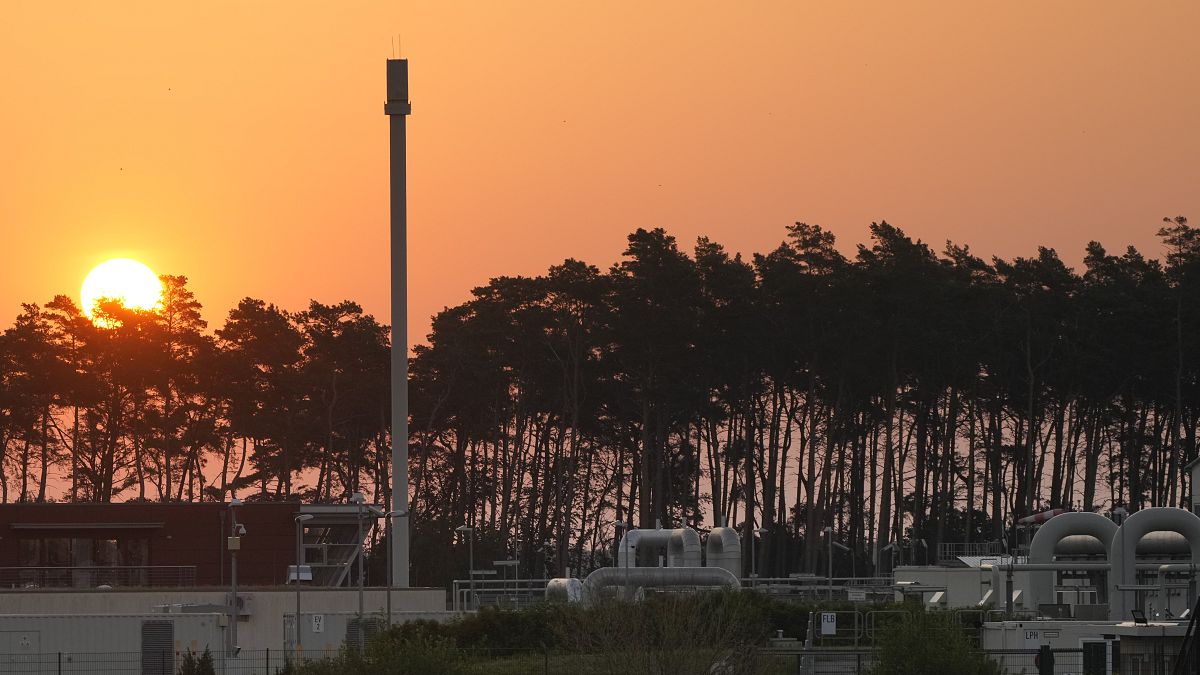Natural gas has started flowing through a major pipeline from Russia to Europe after a 10-day shutdown for maintenance, but the gas flow is expected to fall well short of full capacity.
Natural gas has started streaming again through the Nord Stream 1 pipeline after a 10-day shutdown, its operator has said, but the gas flow is expected to fall well short of full capacity.
The major pipeline, which transports gas from Russia to the rest of Europe, had been closed since 11 July for annual maintenance work. Amid growing tensions over Russia’s war in Ukraine, German officials had feared that Nord Stream 1 - the country’s main source of Russian gas which has accounted for around a third of Germany’s gas supplies - might not reopen at all.
Operator Nord Stream AG said that gas started flowing again on Thursday morning but the flow would take a while to ramp up, German news agency dpa reported.
Deliveries are expected to fall well below the pipeline's full capacity: while Nord Stream said a similar amount of gas was expected to that seen before maintenance, the head of Germany's network regulator, Klaus Mueller, said on Twitter that Russia’s Gazprom had notified deliveries Thursday of only about 30% of the pipeline's capacity.
In mid-June, Russia’s state-owned Gazprom cut the flow to 40% of capacity. It cited alleged technical problems involving equipment that partner Siemens Energy sent to Canada for overhaul and couldn’t be returned because of sanctions imposed over Russia’s invasion of Ukraine.
The Canadian government earlier this month gave permission for the turbine that powers a compressor station at the Russian end of the pipeline to be delivered to Germany.
The German government has rejected Gazprom’s technical explanation for the gas reduction, repeatedly claiming that it was a pretext for a political decision to sow uncertainty and further drive up energy prices. It has said that the turbine was a replacement that was only supposed to be installed in September, but that it’s doing everything to deprive Russia of the pretext to reduce supplies.
Russian President Vladimir Putin said on Tuesday that Gazprom still hadn’t received the relevant documents for the turbine’s return - a claim repeated by Gazprom the following day. Putin said that Gazprom was to shut another turbine for repairs in late July, and if the one that was sent to Canada wasn’t returned by then the flow of gas would ebb even more.
European Commission President Ursula von der Leyen said on Wednesday that the turbine was “in transit” and there was “no pretext not to deliver” gas.
The European Commission proposed that member countries cut their gas use by 15% over the coming months as the bloc braces for a possible full Russian cutoff of gas supplies.
